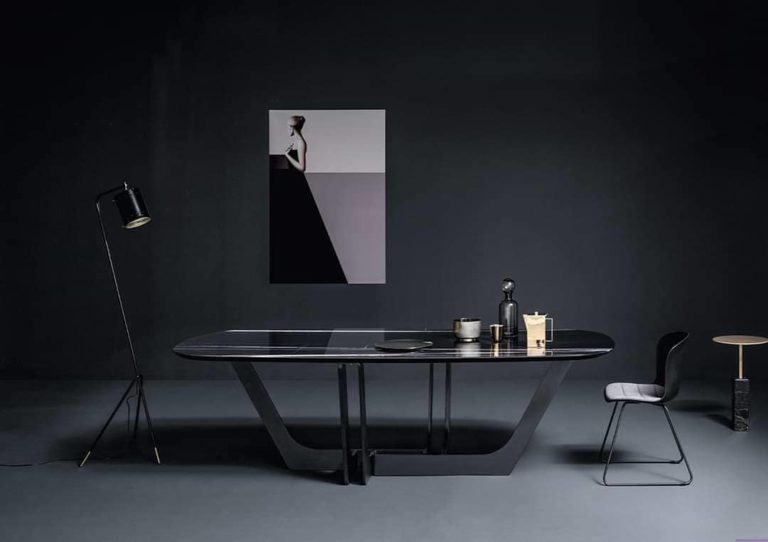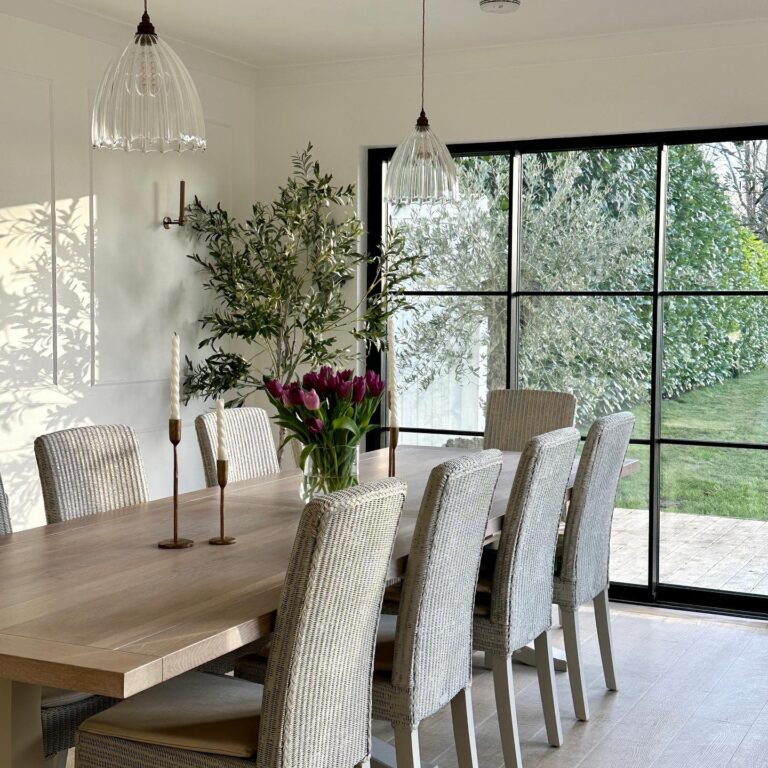Warehouse Lighting – Why It Matters and How to Improve It for The Good of Your Business
While warehouses are not a novelty and have been an essential segment of the economy for as long as we can remember, warehousing operations have evolved impressively in the past years. This is mainly thanks to the technologies and insight we have available now.
Back in the day, people may not have known how much something as mundane as lighting can affect your mood, productivity, and business processes altogether. Now, however, with so many studies and research available, we are able to understand how certain aspects that can seem unimportant can end up affecting not only our quality of life but our professional journey altogether.
This is what led many logistics experts to dive deeper and analyze how warehouse lighting can impact business processes. The conclusion is that proper lighting, in warehouses as well as in any of the indoor spaces we inhabit, plays a huge role in how that space is going to be used.
There are many things to consider when it comes to warehouse lighting, including industry standards, budget, aesthetic, and utility. However, the most important thing is to asses your needs and start to draw out a plan once you have a clear idea of what you require exactly.
Why warehouse lighting matters
Before we dive into warehouse lighting best principles and how to apply them, it is worth understanding the “why” behind it. You run a business, so you must be thinking with the mentality of a business person: How can these aspects improve the quality, efficiency, and revenue of my business? Is this a true investment that will benefit my business, or am I just wasting money on people’s preferences?
So, from an entrepreneurial point of view, here are some of the main benefits of adequate warehouse lighting:
Energy efficiency
This is the main reason you should consider improving the lighting in your warehouse. Modern LED lights use only a fraction of the energy that traditional bulbs would use to produce the same light, plus they are much more durable. As lighting experts at LEPRO point out, this means lower electricity bills and reduced maintenance costs
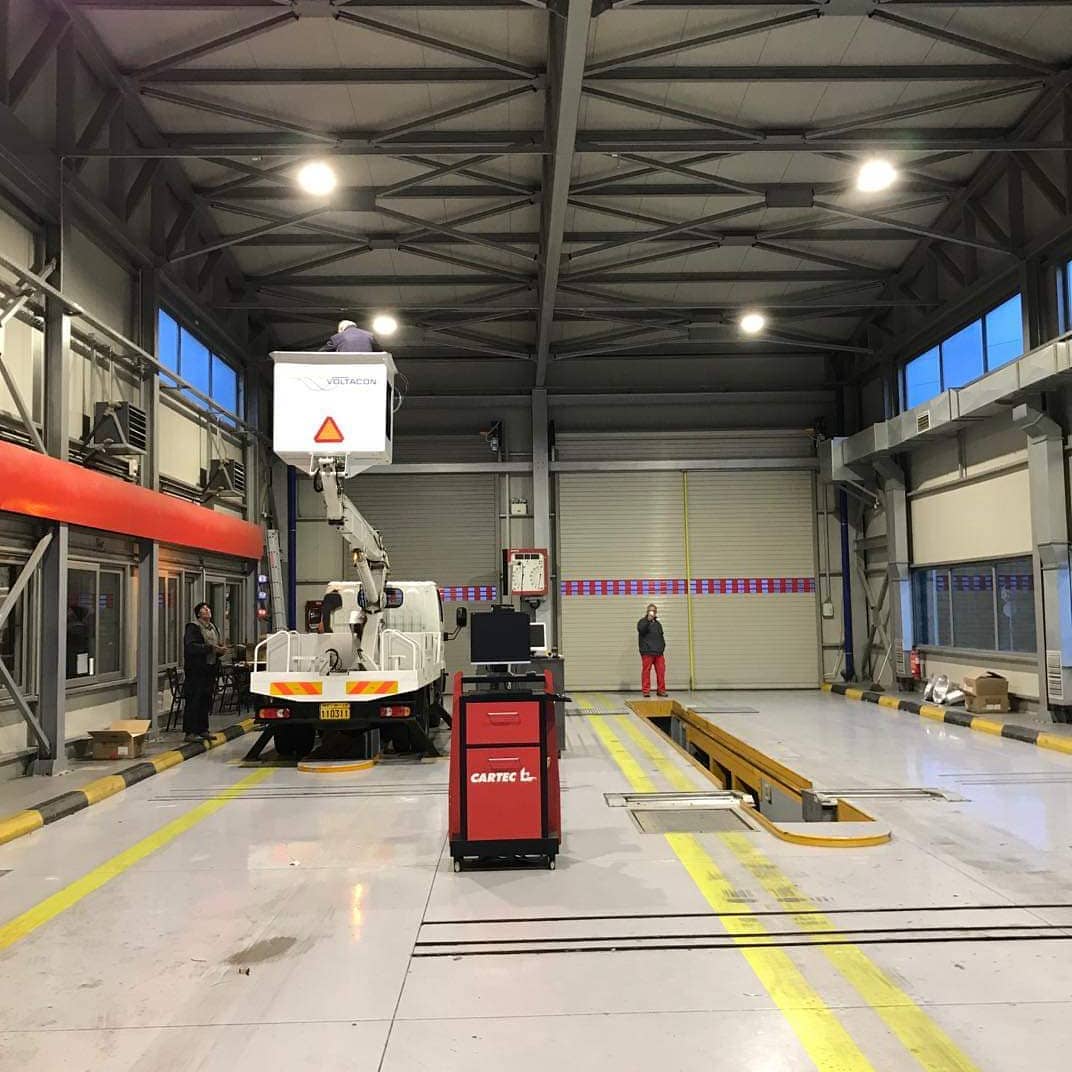
Improved employee safety
Warehouses are very prone to workplace accidents, as employees need to operate heavy machinery, be efficient, and handle the merchandise with care. These accidents put their lives in danger and can jeopardize the reputation and wellbeing of your business. With proper lighting, most of these accidents can be avoided, as people can literally see what’s in front (or above) of them much better.
Fewer work errors
We need light to be able to conduct everyday tasks. The reason why we are able to work nightshifts is precisely that we have artificial lighting to help us carry out our jobs properly. Otherwise, we would be limited to working while the sun is still up and shining. A poorly lit warehouse is not going to produce the desired results simply because no one would be able to perform their tasks correctly, especially if these tasks involve maneuvering small, complex, or fragile items.
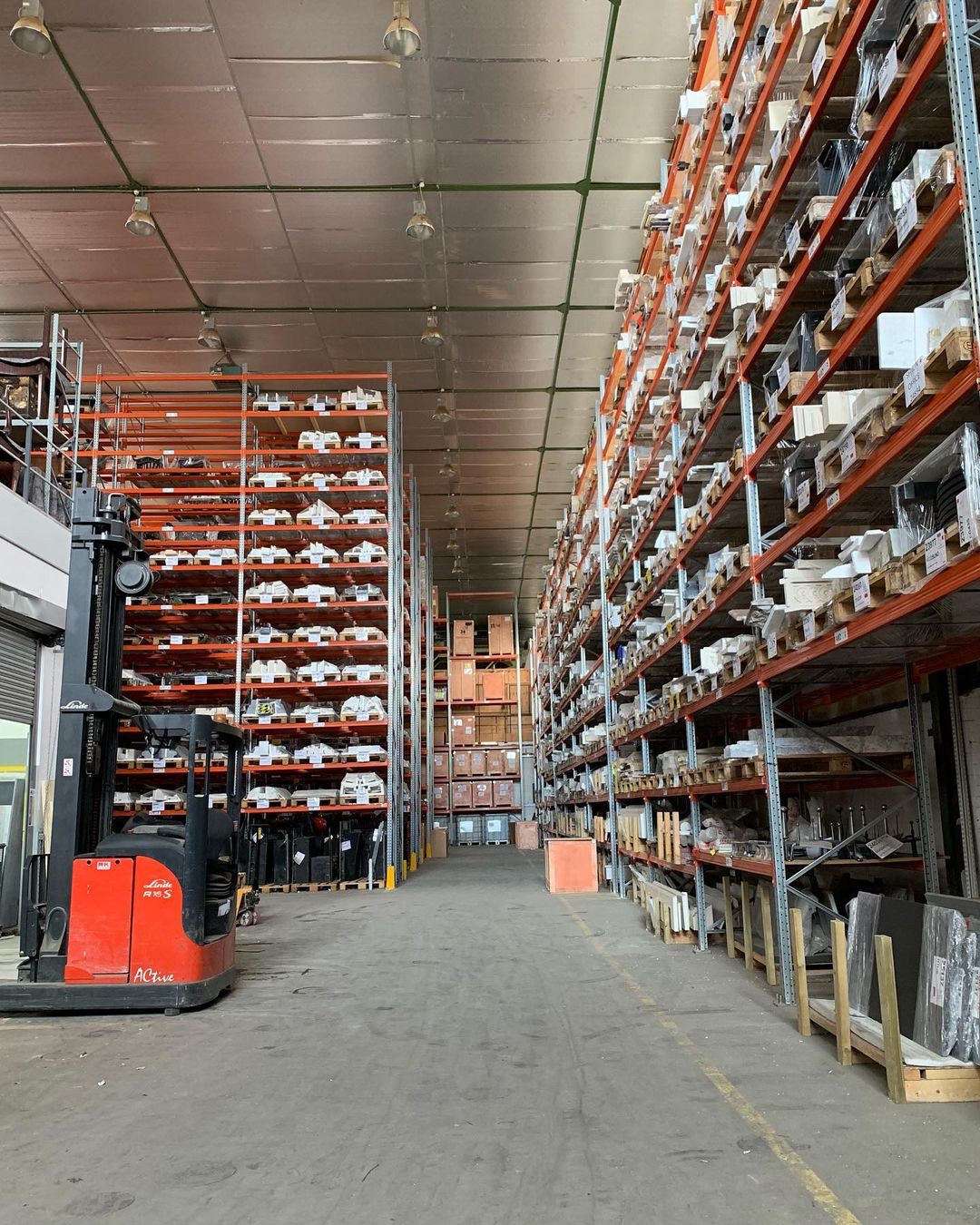
Prevents damage
Low visibility and poor lighting can cause goods to be misplaced, misused, or damaged, resulting in a loss of business. Appropriate lighting, on the other hand, reduces these errors and protects the items and products from physical harm.
Maintains temperature
Depending on the type of products stored and handled inside, warehouses may need to preserve a certain temperature. The problem with poor bulbs and cheap lighting fixtures is not only that they don’t provide proper light, but also that they produce excess heat, which can affect your processes. LED high bay lights, on the other hand, such as the ones you can find on https://www.lepro.com/led-bay-light, are especially beneficial for warehouses because they use modern technology that produces less heat without compromising on light quality.
Effective ways to improve warehouse lighting
To be able to reap the benefits mentioned above, warehouse lighting must be mindfully designed. This means using the right materials, figuring out the most efficient lighting layout, and planning for the future. After all, you are not going to change the placement of your lighting fixtures every few years, right? It would be a costly and counterproductive process.
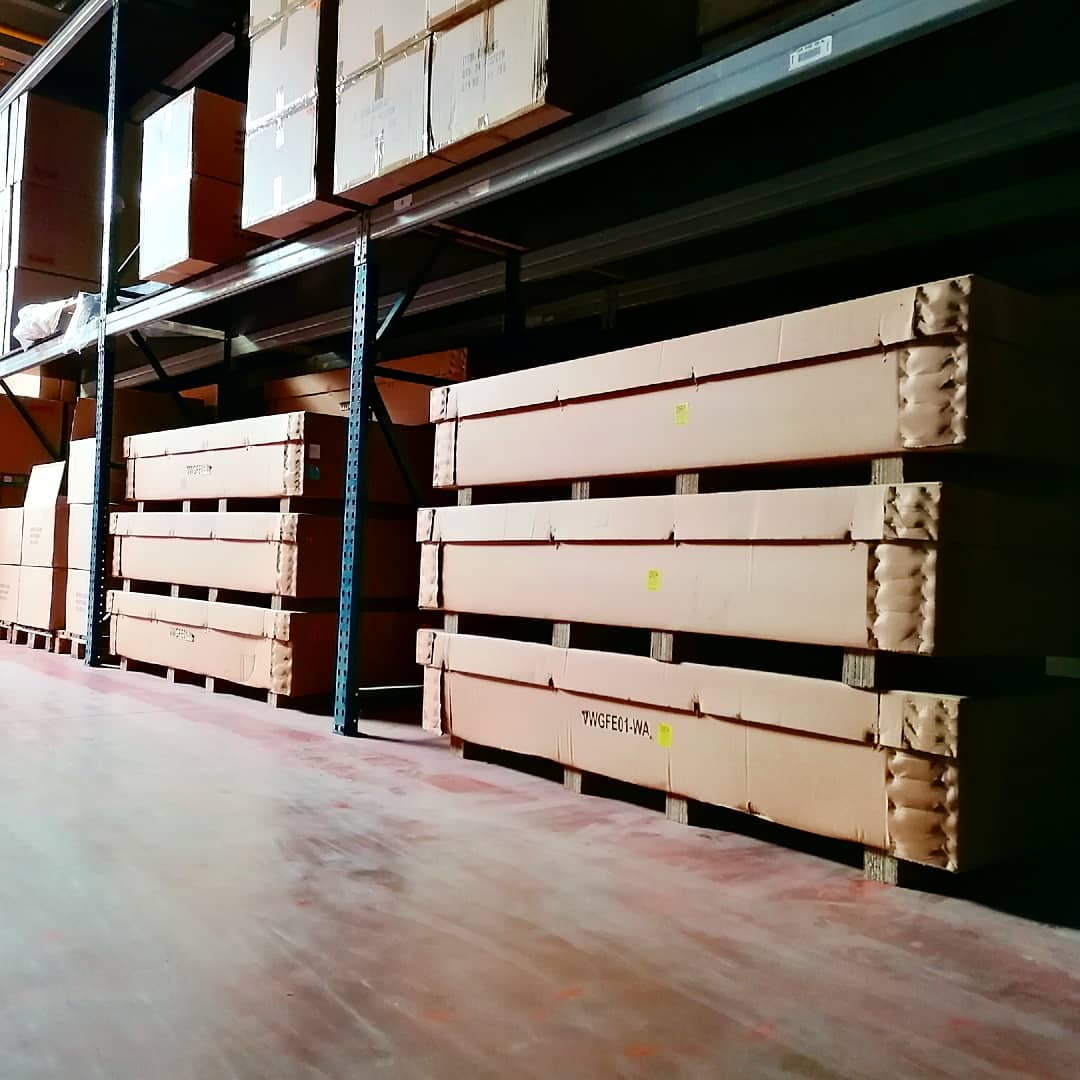
Warehouses have high ceilings, wide floor surfaces, and lots of elevated shelves, so you need to take into consideration all of these aspects when figuring out your lighting needs.
Below are some tips to keep in mind:
Strive for maximum optimization
Before you start replacing light fixtures, take the time to figure out if you can rearrange the warehouse in a way that is more efficient for your business and makes it easier to choose the lights. Aisles, for example, benefit most from low, linear lighting, whereas large areas require high bay lights that have enough power to bright up big spaces. Group these areas together and choose the type of lighting that is best suited for them.
Take into consideration unique aspects
No two warehouses are the same, so if there are certain unique circumstances that may influence your lighting decision, make sure to factor them in as well. For example, some warehouses may have huge windows, so why not take advantage of them to incorporate some natural light inside the facility? At the same time, if the ceiling is multileveled, you may need to consider different lighting options to suit these differences in ceiling height.
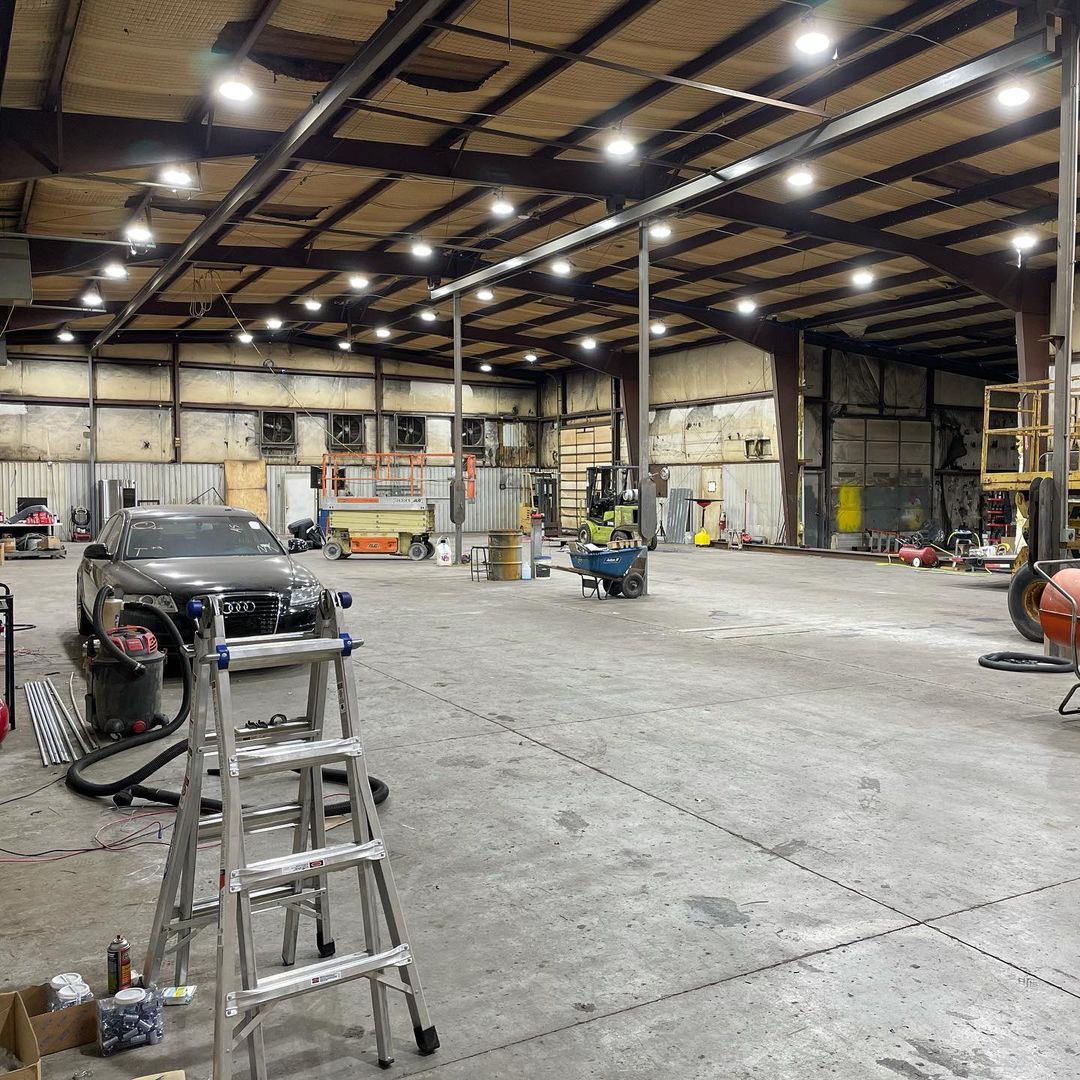
Think long-term
Some people underestimate the long-term expense of warehouse lighting and end up regretting their decision. The truth is that the initial cost of purchasing and installing a lighting system will be insignificant in contrast to the electricity bills you’ll have to pay in the coming years or decades. If you plan on running a successful business for many years to come, you need to choose energy-efficient options that won’t affect your long-term budget.
Consider lighting color as well
The color of the light you’re using is crucial for things like contrast and clarity. For example, if employees will be walking throughout the warehouse reading labels on a regular basis, you should provide them with the best possible reading light. Do your research and learn more about how different light colors can affect warehouse processes before you make the purchase.




